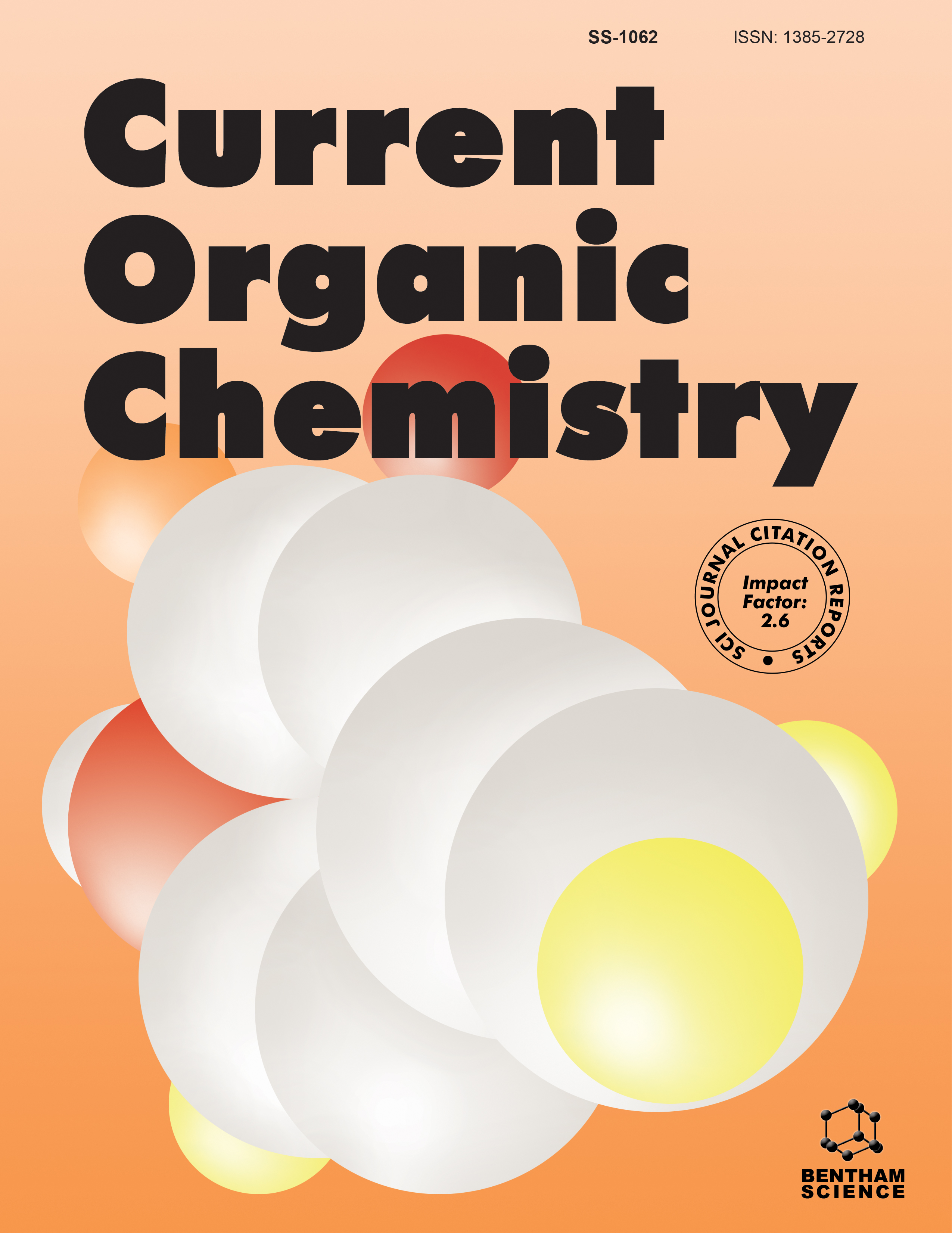
Full text loading...
We use cookies to track usage and preferences.I Understand

Gossypol has been shown to be a promising natural product for the anticancer drug development for treating leukemia, lymphoma, colon carcinoma, breast cancer, and other malignant disease. It is known that the conversion of aldehyde groups of gossypol into iminofragments by the treatment of various amines can reduce the toxicity of the derivative and simultaneously increase their pharmacological efficacy. This article describes the preparation and screening of antiproliferative properties of a conjugate of gossypol with antitumor antibiotic doxorubicin. It has been shown that the reaction of the amino group of doxorubicin with the aldehyde groups of gossypol gives the condensation product in which two pharmacophores are linked via enamine–enamine moieties. However, this conjugation decreased the antiproliferative activity of paternal doxorubicin and gossypol against chronic myeloid leukemia cells K562 and led to dramatic loss of potency against MDR-subline K-562/4 with expression of Р-glycoprotein (Р-gp).

Article metrics loading...

Full text loading...
References


Data & Media loading...
Supplements